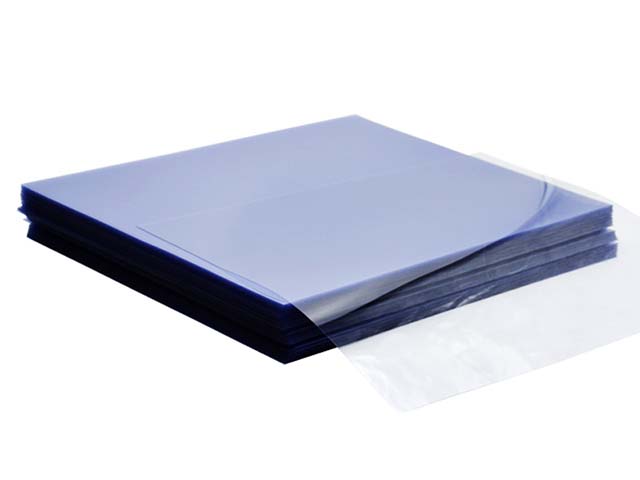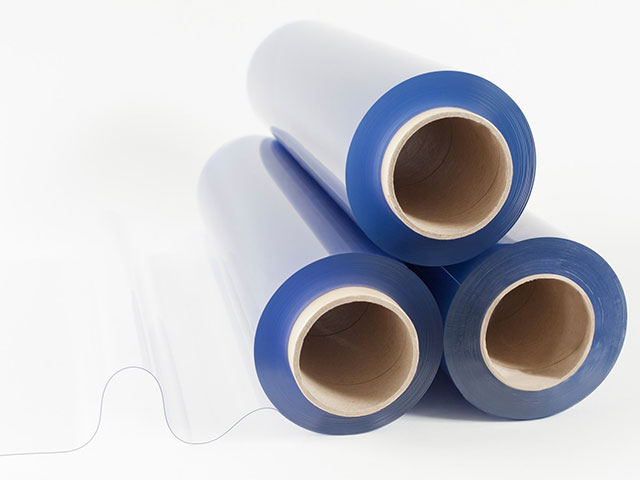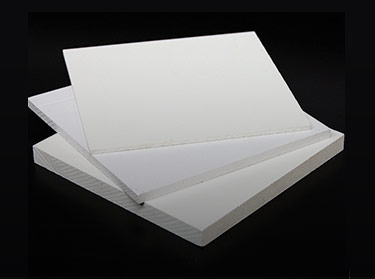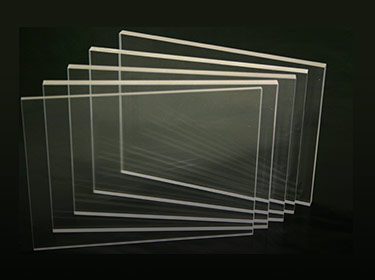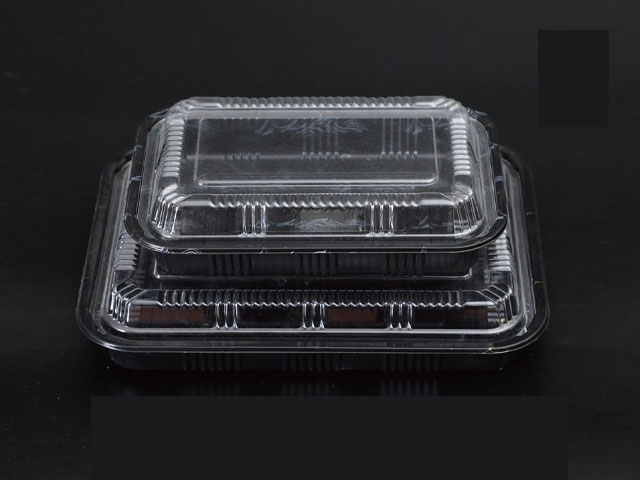What is the difference between clear pet sheet and petg sheet
In the world of plastic sheet materials, two popular options are clear PET (polyethylene terephthalate) sheet and PETG (polyethylene terephthalate glycol-modified) sheet. While they may appear similar at first glance, there are distinct differences between these two materials that are important to understand, especially for applications where specific properties are critical.
PET is a commonly used plastic that is known for its high strength, clarity, and chemical resistance. Clear PET sheet is a versatile material that finds applications in a wide range of industries, from food packaging to signage.
Some key characteristics of clear PET sheet include:
Optical Clarity: PET has excellent optical clarity, providing a transparent, glass-like appearance. This makes it well-suited for applications where visibility and aesthetics are important.
Rigidity and Strength: PET sheets are relatively rigid and have a high tensile strength, allowing them to maintain their shape and structure under load. This makes them suitable for use in applications that require structural integrity.
Chemical Resistance: PET is resistant to a variety of chemicals, including alcohols, acids, and some solvents. This makes it a good choice for applications where exposure to chemicals is a concern.
Heat Resistance: PET has a relatively high heat deflection temperature, typically ranging from 65°C to 100°C, depending on the specific grade. This allows it to withstand moderate heat exposure without deformation.
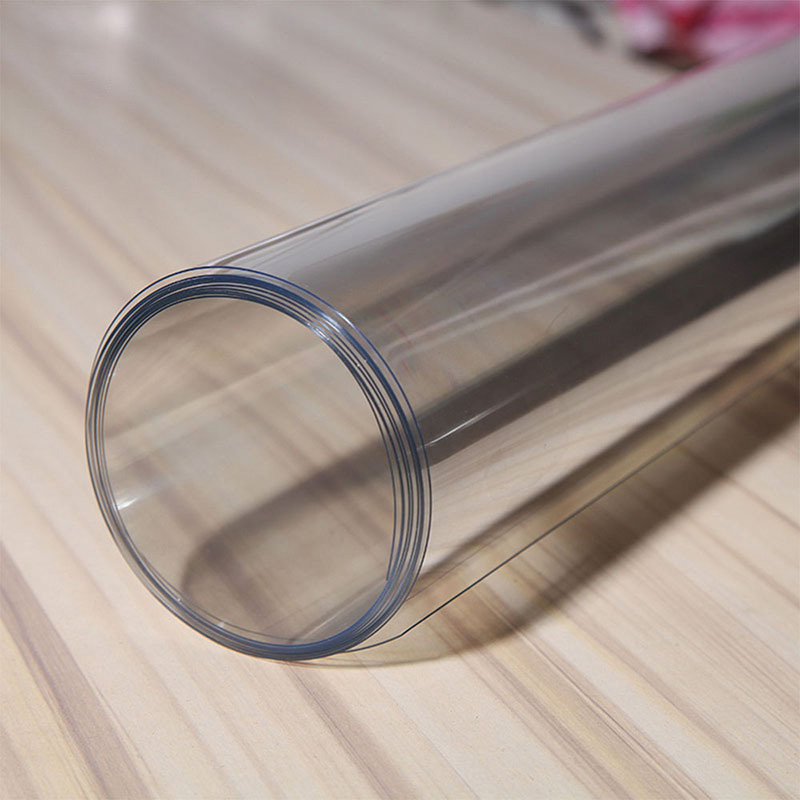
PETG, or polyethylene terephthalate glycol-modified, is a variation of the PET polymer that incorporates glycol into the molecular structure. This modification results in a material with a different set of properties compared to traditional PET.
Increased Flexibility and Impact Resistance: The addition of glycol to the PETG formula makes the material more flexible and impact-resistant than standard PET. This can be advantageous for applications where some degree of flexibility or impact resistance is required.
Lower Rigidity: While PETG is still relatively rigid, it has a lower modulus of elasticity compared to PET. This means it is more prone to deformation under load, making it less suitable for applications that require a high degree of structural rigidity.
Improved Thermoforming: PETG's enhanced flexibility and lower melting point make it easier to thermoform into complex shapes compared to PET. This can be beneficial for applications that require intricate or custom-molded parts.
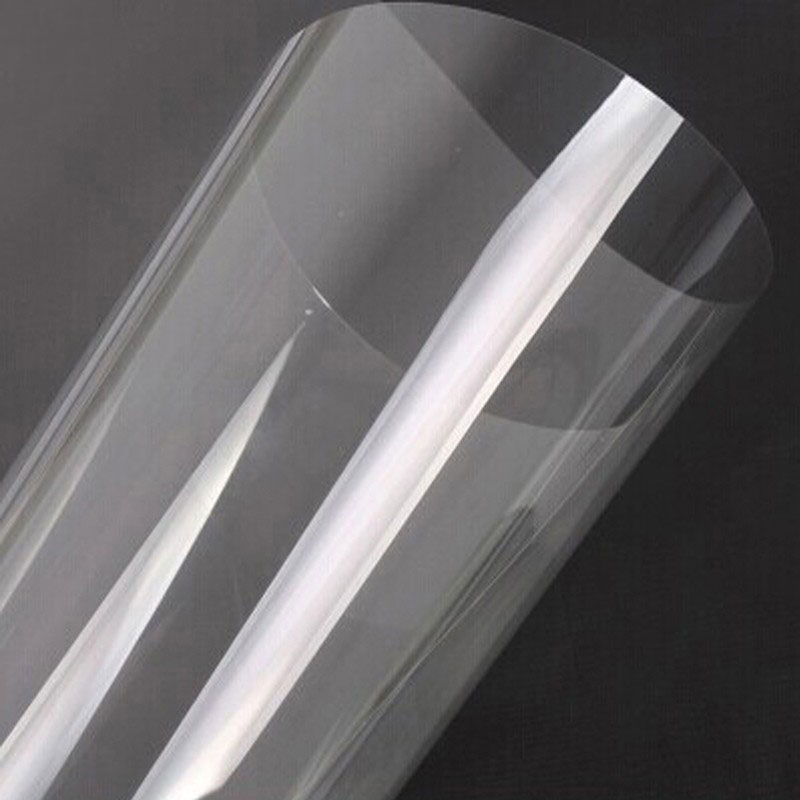
Reduced Chemical Resistance: The glycol modification in PETG results in a slight reduction in chemical resistance compared to PET. While PETG still has good chemical resistance, it may not be the optimal choice for applications with prolonged exposure to certain solvents or chemicals.
Applications of Clear PET and PETG Sheets
The differences between clear PET and PETG sheets make them suitable for different applications.
PET Sheet Applications:
Food packaging (e.g., clamshell containers, bottles, trays)
Signage and displays
Protective covers and shields
Electronics enclosures
Industrial and commercial applications requiring structural integrity
PETG Sheet Applications:
Medical and pharmaceutical packaging
Point-of-purchase displays
Custom-molded parts and components
Protective equipment (e.g., face shields, safety goggles)
Thermoformed parts for automotive and appliance industries
It's important to note that both PET and PETG sheets can be customized with various additives, coatings, or treatments to enhance specific properties, such as UV resistance, scratch resistance, or printability, depending on the intended use.
Choosing Between Clear PET and PETG Sheets
When deciding between clear PET and PETG sheets, it's crucial to consider the specific requirements of the application. Factors such as the desired level of rigidity, impact resistance, thermoforming capabilities, and chemical exposure should be carefully evaluated to determine the most suitable material.
For applications that prioritize structural integrity, chemical resistance, and optical clarity, clear PET sheet may be the better choice. On the other hand, if flexibility, impact resistance, and complex thermoforming are more important, PETG sheet may be the more appropriate selection.
In some cases, a hybrid approach can be considered, where a combination of PET and PETG sheets is used to leverage the unique properties of each material and address the specific needs of the application.
Ultimately, the choice between clear PET and PETG sheets will depend on a thorough understanding of the application requirements, as well as the expertise and guidance of materials specialists and industry experts.
Conclusion:
Clear PET and PETG sheets are both versatile plastic materials with distinct properties and characteristics. While they may appear similar, the differences in their molecular structure and formulation result in varying performance characteristics that can make one material more suitable than the other for specific applications.
By understanding the unique features of clear PET and PETG sheets, industry professionals can make informed decisions and select the most appropriate material for their project requirements, leading to successful and cost-effective outcomes.
As a leading manufacturer in the industry, HSQY Plastic Group has established a strong reputation for its production of high-quality clear PET sheets. With state-of-the-art manufacturing facilities, stringent quality control processes, and a team of experienced professionals, HSQY Plastic Group is well-positioned to provide clear PET sheet solutions that excel in optical clarity, rigidity, and chemical resistance, making them a preferred choice for a wide range of applications, from food packaging to signage and industrial uses.


 vivi@hgqyplastic.com
vivi@hgqyplastic.com